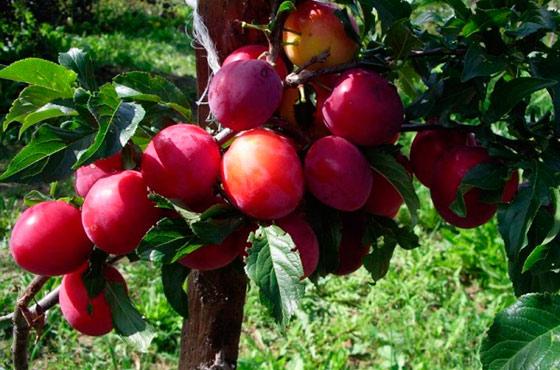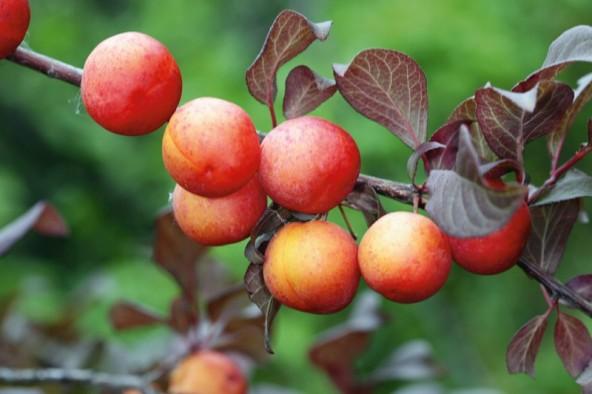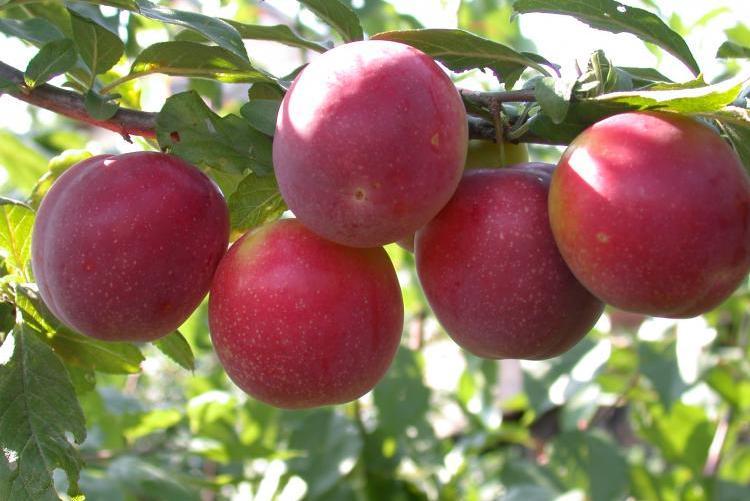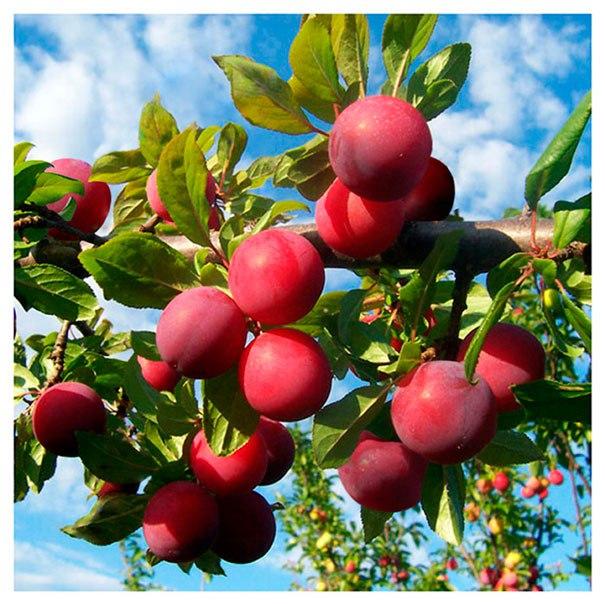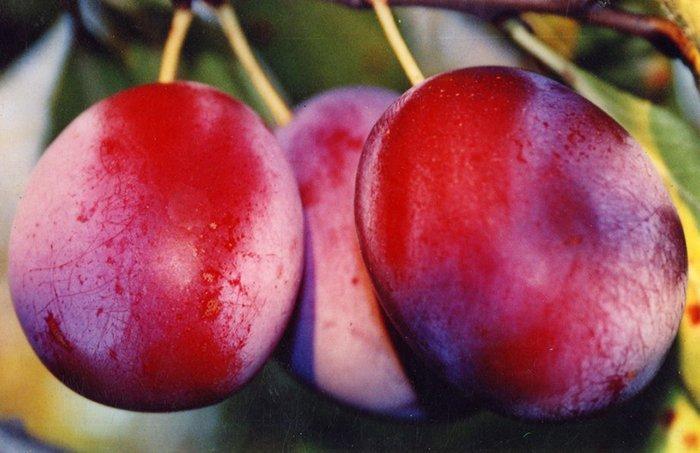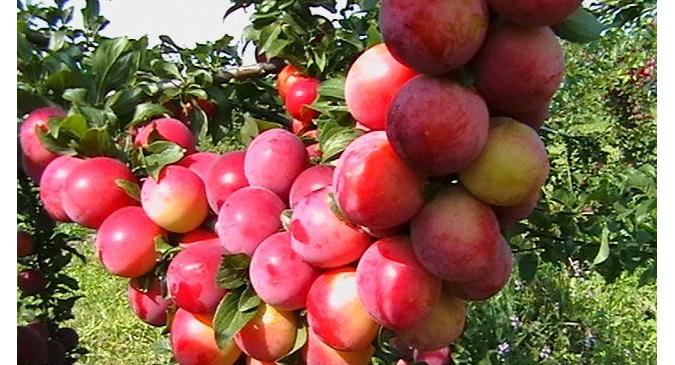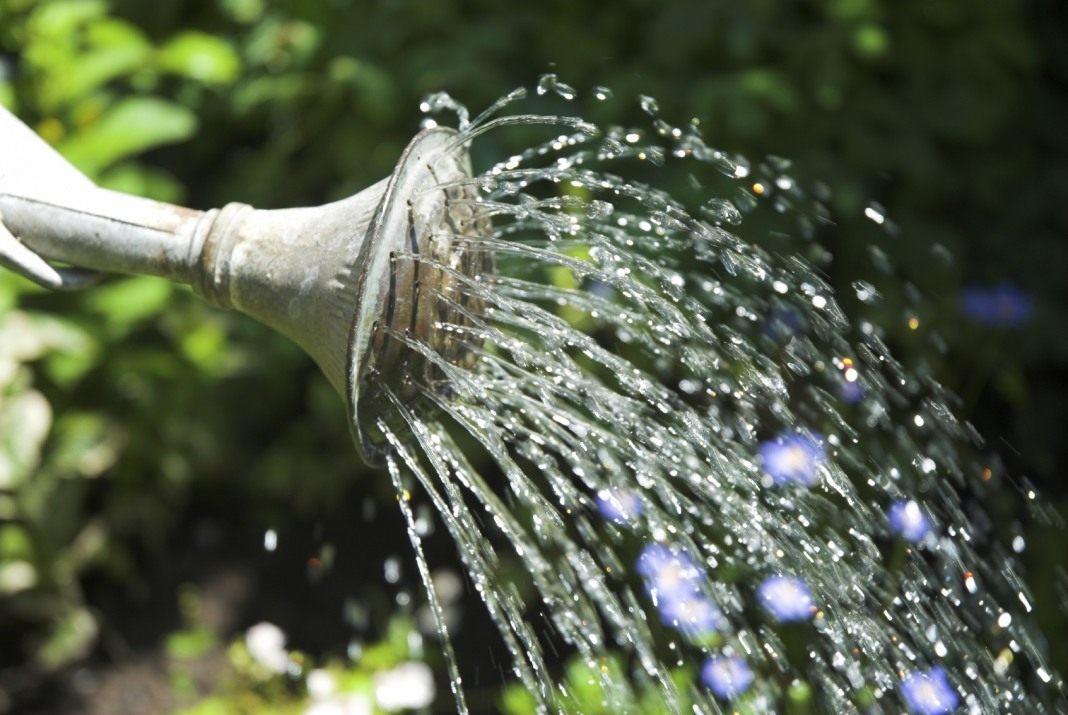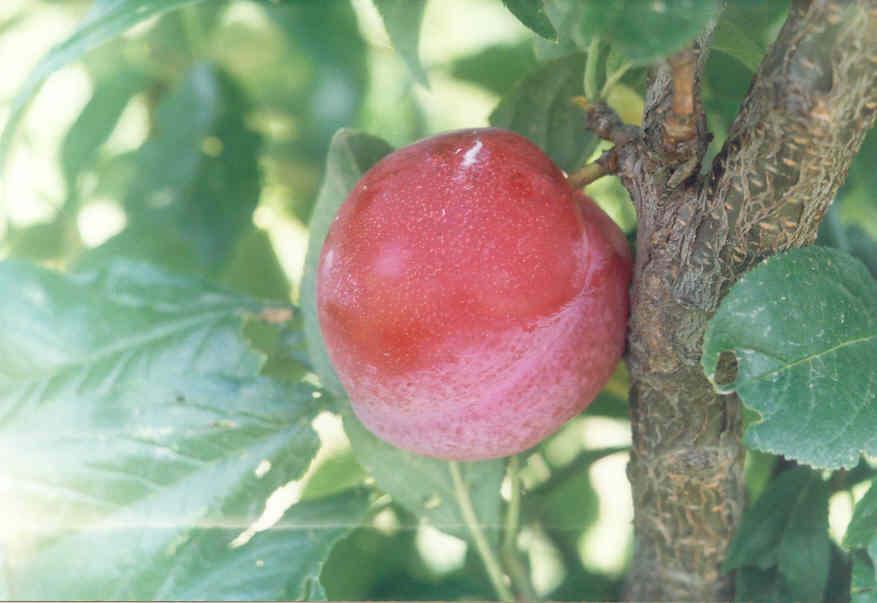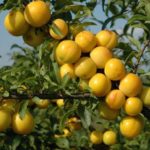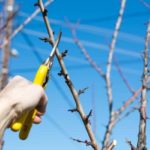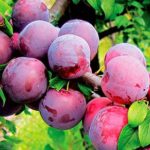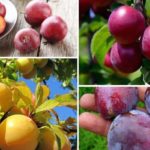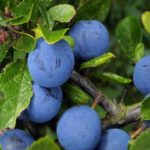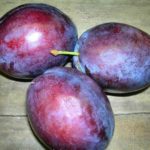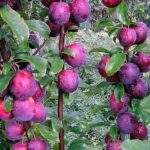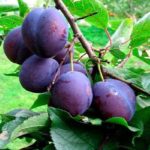Plum has many varieties and varieties. One of the brightest representatives is the Generalskaya plum; the variety has good qualities for cultivation. It was developed for the lands of Siberia and the Urals, since plums do not grow there in the natural environment. It is resistant to frost, accumulates moisture, and has strong immunity.
- History of breeding of the General plum
- Description of the variety
- What is characteristic of culture
- Frost resistance and drought resistance
- Susceptibility to insects and diseases
- Pollinators and flowering
- Productivity
- Rules for collecting and using fruits
- Features of growing plums
- Timing of planting work
- Preparing seedlings and soil
- Technological process of planting
- What care does the general variety need?
- Irrigation and fertilizing
- Spraying
- Crown formation
- Caring for the attachment wheel
- Preparing for winter
History of breeding of the General plum
Breeders from Siberia and the Far East worked on developing the variety. They had to make a lot of effort to develop a plum tree that is adapted to the frequent frosts of these parts of the country. Scientists from the Primorye Research Institute worked on developing the variety in the 50s of the 20th century. The attempts were not successful for a long time. However, it was possible to create a tree of medium size, with good fruit-bearing properties.
Description of the variety
General plum is usually small in size; gardeners consider it a shrub. Other trees and shrubs are planted next to it. Considered early ripening. The first fruits ripen in the third year of development. Flowers and ovary are formed in the spring, fruits ripen by the end of summer or beginning of autumn. They form a lush crown, the branches are located close to each other, thereby creating the density of the tree.
The plum forms a dense stalk, which prevents the fruit from falling.
What is characteristic of culture
This plant is characterized by frost resistance, good heat tolerance, and a strong immune system. It rarely gets sick. Neighboring pollinators are required for fruit set.
Frost resistance and drought resistance
General plum is resistant to low temperatures. It tolerates frosts down to -40°C, which is typical for Siberia and the Urals. It is unpretentious in watering and can cope with drought. The plum has a well-developed root system; if there is a lack of moisture, it feeds it from the deep layers of the soil.
Susceptibility to insects and diseases
The general plum has good immunity to most common diseases and rarely gets sick.It is recommended to carry out preventive measures for the safety and integrity of the fruit. At the beginning of the season, the tree is inspected for the presence of insect larvae; if there are any, they are removed. If cracks or damage to the trunk appear, treat it with copper sulfate and cover it with garden varnish.
Preventive measures prevent the development of gray rot, red and brown spot, rust, and cytosporosis.
Pollinators and flowering
The tree is self-sterile; for pollination it is necessary to plant the Ural red plum nearby. This variety is considered the most suitable in terms of flowering time. The general plum blooms at the end of May. The fruits set in the third year of its development and ripen for quite a long time. Harvesting takes place in early September or late August.
Productivity
The productivity of the General plum is high. About 30 kilograms of fruits are collected from one tree. It has large, juicy fruits up to 40 grams in size each, yellow drupes, a distinctive feature is a bright pink side stripe. The pulp is dense, juicy, sweet and sour taste. The seeds separate easily and are small in size. The peel is dense, edible, and tastes sour. Plum fruits are stored well and for a long time, retaining their appearance for about 3 months.
Rules for collecting and using fruits
The collection takes place at the end of summer. The fruits are placed in ventilated boxes, carefully so as not to hit them. If the integrity of the fruit is damaged, it is stored less. For long-term storage, a cool place is perfect. Plum is widely used in the household. It is excellent for dietary nutrition; it is used to make compotes, jam, and prunes. Used in fresh and processed form.
Features of growing plums
General plum is unpretentious in care.For growing, you need to choose a good place with lighting. Planted in the soil, following certain rules.
Timing of planting work
Planting is carried out in spring or autumn. It is recommended to choose the beginning of spring, since when planting in the fall, there is a risk of losing the tree if it does not have time to take good roots. If planting occurs in the autumn, it is necessary to insulate the area around the trunk with fallen leaves or special fabric insulation.
Preparing seedlings and soil
To start planting, you need to acquire a seedling and choose a suitable place for it. When buying a young tree, it is important to pay attention to dry twigs, rotten areas of roots, traces of lichens, and cut branches. Choose a healthy tree with a strong trunk and good roots.
Choose a place inaccessible to drafts, with good lighting, without flooding the soil. It is positioned so that neighboring trees and shrubs do not block sunlight. Plum is unpretentious to the soil, the main thing is to create good drainage for the roots. The hole should be deep and wide, since the plant has large roots.
Technological process of planting
Planting a seedling is done as follows:
- After digging a hole, a support stick is installed in its center, which will protect the tree from strong winds.
- Cover with a mixture of humus and earth.
- Move the plant into the hole, after carefully straightening the roots.
- The roots are sprinkled in layers, compacting each layer so that there is no empty space left.
- Water the plum with warm water.
- Organic or mineral fertilizers are applied.
What care does the general variety need?
In order for a plum to please with its fruits, it is necessary to observe the watering regime, prune the branches, fertilize and spray.
Irrigation and fertilizing
The general plum loves moisture; it is watered every day during the dry period of summer; when the temperature drops, watering is reduced to 2-3 times a week.
It is also necessary to spray the leaves with water several times a week.
Fertilizing is carried out with nitrogen-containing fertilizers from the age of three. Manipulation is carried out in early spring and autumn. While the plum is young, fertilize it with natural organic compounds.
Spraying
For prevention, spraying is carried out three times in the spring. For this, copper sulfate 3% solution and urea are used. Spraying is carried out in March, April and May. The timing varies depending on the typical weather conditions of the growing region.
Crown formation
Plum is demanding when it comes to pruning dried branches. Thinning needs to be done quite often. Basal shoots are removed as they reduce the fruiting of the plant. The plum spends its energy on the development of additional shoots, reducing the nutrition of the fruit. When the branches grow densely, they are thinned out so as not to interfere with the development of the fruits.
Caring for the attachment wheel
There are new shoots growing around the trunk that need to be pruned. For the extension circle, insulation is formed for the winter to protect the roots from frost. This is especially necessary for young trees.
Preparing for winter
The plum shows its high resistance to frost three years after planting. Young specimens are covered. The root part of the trunk is wrapped in moss when the first frosts appear. After snow falls, the moss is trampled down, creating a tight fit to the tree.
At the end of the season, the tree is mulched, this helps repel rodents that feed on the bark.
General plum is unpretentious in care. A pollinator is required for the formation of ovaries. Plum produces a large number of fruits, which are widely used in the household. They have a large number of useful properties, as well as pleasant taste. This plum variety takes root in all regions of the country and is resistant to frost, drought and typical diseases.

